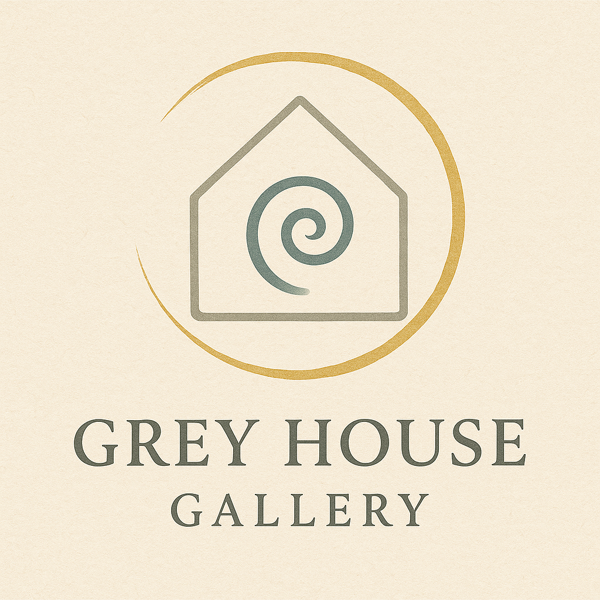Letting Go of the Lines: Embracing Abstract Art and the Beauty of Surrender
Somewhere along the way, many of us learned that art is only valuable if it’s recognizable. That it needs to be realistic, well-executed, or easily explained. We were taught to color inside the lines, literally and figuratively. But healing rarely happens inside the lines. For those navigating anxiety, trauma, grief, or burnout, abstract art offers something radical: a space to let go. A space where the goal isn’t perfection, but presence. Where the page becomes a permission slip, to feel without filtering, to move without planning, to trust without needing to control the outcome.
Why We Grasp for Control
Control often masquerades as safety. In unpredictable or overwhelming environments, controlling our surroundings, our bodies, or even our emotions can help us feel grounded. But over time, that grip can become rigid. It can limit our creativity, stifle spontaneity, and leave us disconnected from ourselves. Letting go isn’t easy. But abstract art offers a gentle invitation. There’s no “right” way to make something abstract. You can scribble, pour, rip, smear, collage, layer, erase, repeat. You can change your mind halfway through. You don’t have to explain it. You don’t even have to like it. The process itself becomes the point.
The Language Beneath Words
Many emotional experiences live beyond language. They come from places too early, too deep, or too complex to articulate. Abstract expression bypasses the verbal mind and taps into that deeper reservoir. A streak of black across the paper might express exhaustion. A swirl of gold and rust might speak of longing. The act of creation becomes a conversation between the body and the page, unfiltered and real. When we stop trying to name everything, we begin to know ourselves in a new way.
Making Without Meaning (At First)
Sometimes we fear abstraction because it doesn’t give us easy answers. It’s vulnerable to make something without knowing what it is. But that vulnerability is what makes it powerful. It asks us to trust ourselves, to stay with the process even when it feels uncertain. And often, meaning arrives later. Not in a neat conclusion, but in a felt shift. A softening. A sense of movement where there was once stuckness.
A Practice in Surrender
Abstract art can be a practice in loosening our grip, not just on the brush or pencil, but on ourselves. On our identities, our roles, our expectations. It teaches us that there’s wisdom in the mess. That beauty can emerge from uncertainty. It teaches us that our worth isn’t tied to how polished or pleasing our work, or our lives, appear. If you’ve been craving a release, a reset, or just a way to exhale, try making something abstract. Not to be seen or praised or understood. Just to be. You don’t need to control the outcome. You don’t even need to know where you’re going. Just start. Trust your hands. Let the rest unfold.
